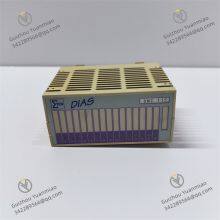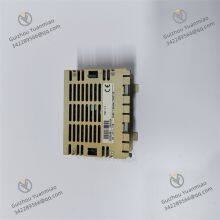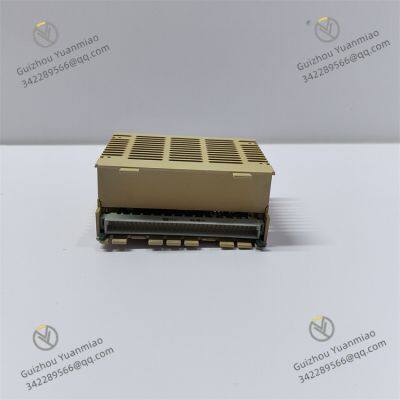1. Power Fault
2. Communication Fault
3. I/O Port Fault
4. Abnormal Control Precision

Send Inquiry to This Supplier
You May Also Like
-
Pacific Scientific SCE903A3-002-01 Servo DriveNegotiableMOQ: 1 Unit
-
Pacific Scientific PC834-001-T Servo DriveNegotiableMOQ: 1 Unit
-
SHINKAWA MP-2S Dual Vibration MonitorNegotiableMOQ: 1 Unit
-
SHINKAWA MP-2P4 Dual Vibration MonitorNegotiableMOQ: 1 Unit
-
SHINKAWA MP-2P1 Dual Vibration MonitorNegotiableMOQ: 1 Unit
-
SHINKAWA VM-5K SST-2194-001-P001G Dual Vibration MonitorNegotiableMOQ: 1 Unit
-
SHINKAWA VM-5N SST-2194-001-P001G Dual Vibration MonitorNegotiableMOQ: 1 Unit
-
SHINKAWA VM-5Y1-02/GEM 1594-005-P001G Dual Vibration MonitorNegotiableMOQ: 1 Unit
-
SHINKAWA VM-5Y1-02/GEM 1594-005-P001F Dual Vibration MonitorNegotiableMOQ: 1 Unit
-
SHINKAWA VM-5C SST-2194-001-P001G Dual Vibration MonitorNegotiableMOQ: 1 Unit













































